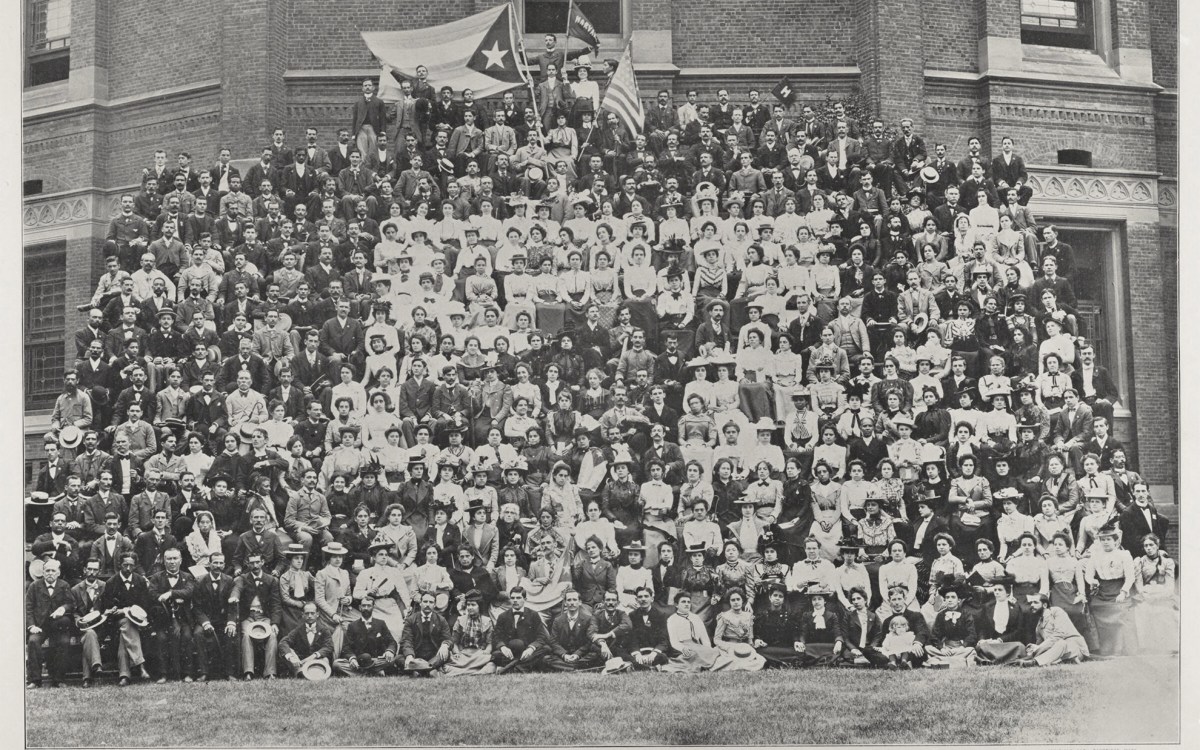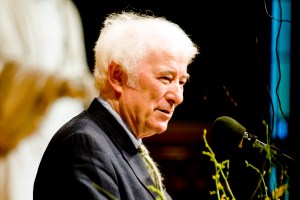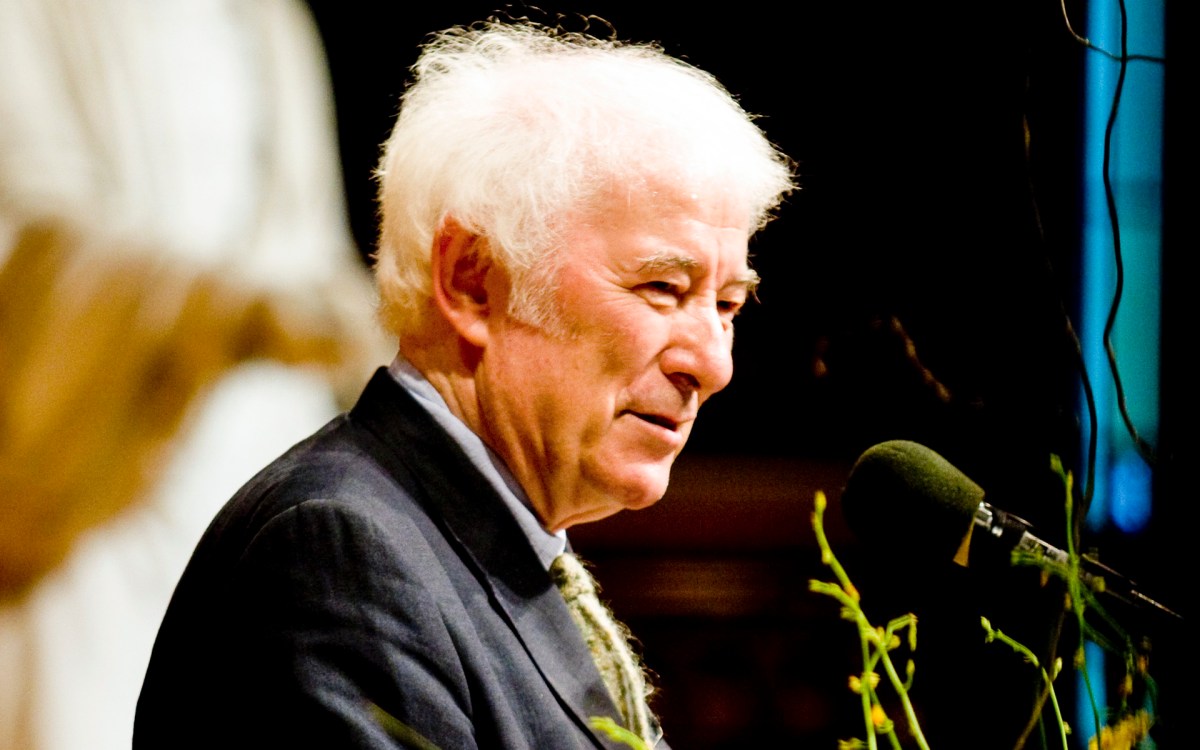Solomons’ treasure
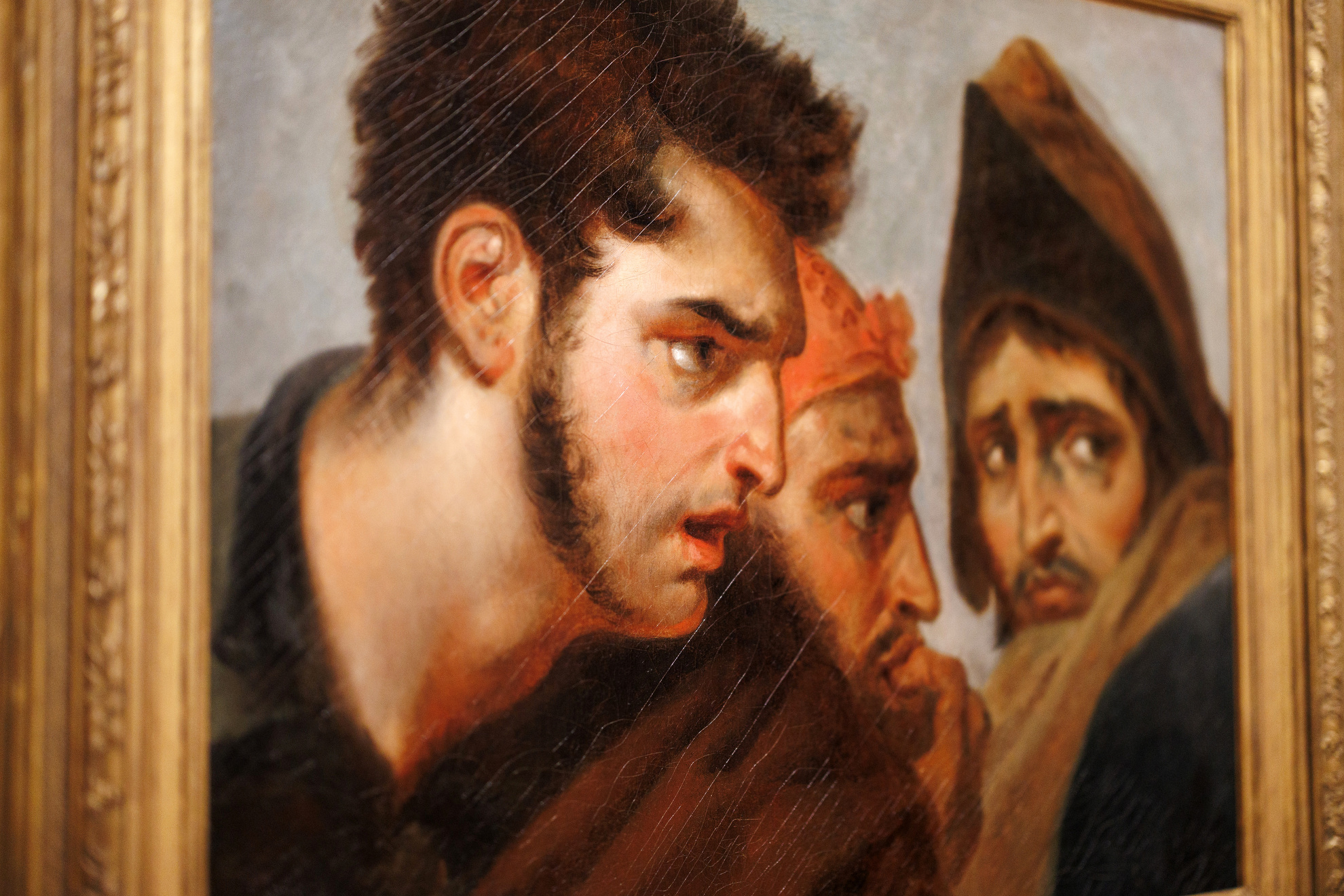
From “The Solomon Collection: Dürer to Degas and Beyond,” a detail of Three Male Heads from “The Capitulation of Madrid,” Dec. 4, 1808. Antoine-Jean Gros (Paris 1771-1835 Meudon).
Photos by Stephanie Mitchell/Harvard Staff Photographer
Cambridge couple’s art collection now shines in Harvard Art Museums
For decades, scores of paintings by 20th-century masters shared shelf space with family photos, books, and knickknacks in the Cambridge home of Arthur and Marny Solomon. Works by Claude Monet, Edgar Degas, and Paul Cézanne hung on their walls. And in a carriage house turned gallery in the backyard, more contemporary works by abstractionists such as Kenneth Noland, Jules Olitzky, and Larry Poons shone.
Now, those works are on display for the public to enjoy in Harvard Art Museums’ exhibition “The Solomon Collection: Dürer to Degas and Beyond.”
“We are deeply grateful to Arthur and Marny Solomon for their careful stewardship of these artworks over many years, and for their generous impulse to share them with the Harvard Art Museums, a place in the community that was always near and dear to their hearts,” said Micha Winkler Thomas, deputy director of the Harvard Art Museums.
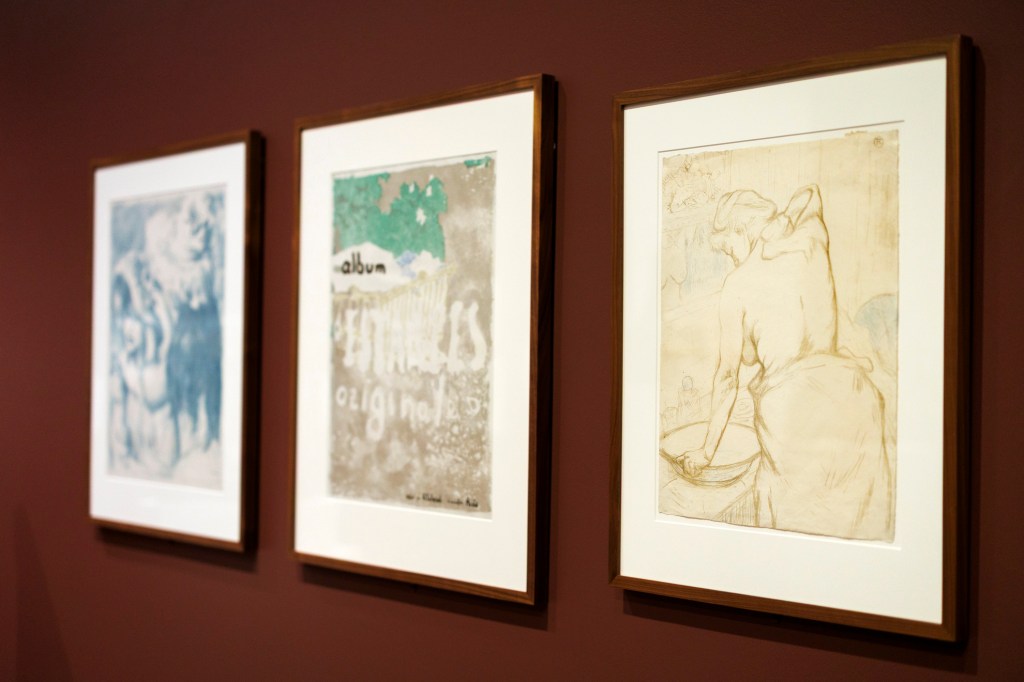
The Solomons were both lifelong art collectors with intricate ties to Harvard. Arthur was a professor of biophysics at Harvard Medical School, while Marny worked throughout her life as a teaching fellow for various Harvard professors after earning her A.B. in art history from Radcliffe in 1958. In 1985, after collecting both individually and as a couple for decades, the Solomons promised their collection to the Art Museums. It wasn’t until after Marny’s death in 2020 that the acquisition was made final. Arthur had passed away in 2005.
From the beginning
Arthur K. Solomon was born in 1912 in Pittsburgh into a tight-knit and wealthy Jewish family. His childhood, according to Marina Kliger, the Rousseau Curatorial Fellow in European Art and one of the curators of the Solomon exhibition, was filled with art and aesthetics. The Solomons’ crowd, including influential department storeowner Edgar J. Kaufmann, were “cultural leaders in Pittsburgh.”
Kaufmann’s son, Edgar Kaufmann Jr., would later become curator of industrial design at the Museum of Modern Art, while another neighborhood boy, A. James Speyer, would become curator of 20th-century art at the Art Institute of Chicago.
Arthur, on the other hand, would go on to study chemistry at Princeton. But he still held onto his more artistic interests, taking New York-based photographer and modern art promoter Alfred Stieglitz as a mentor. Stieglitz introduced Arthur to the New York art scene and the popular realist paintings of American artists at the time.
In 1934, Arthur came to Harvard to pursue his Ph.D. in chemistry. While there, he made the first two purchases in his collection — watercolors by American artists Edward Hopper and Charles E. Burchfield that he had first seen with Stieglitz.
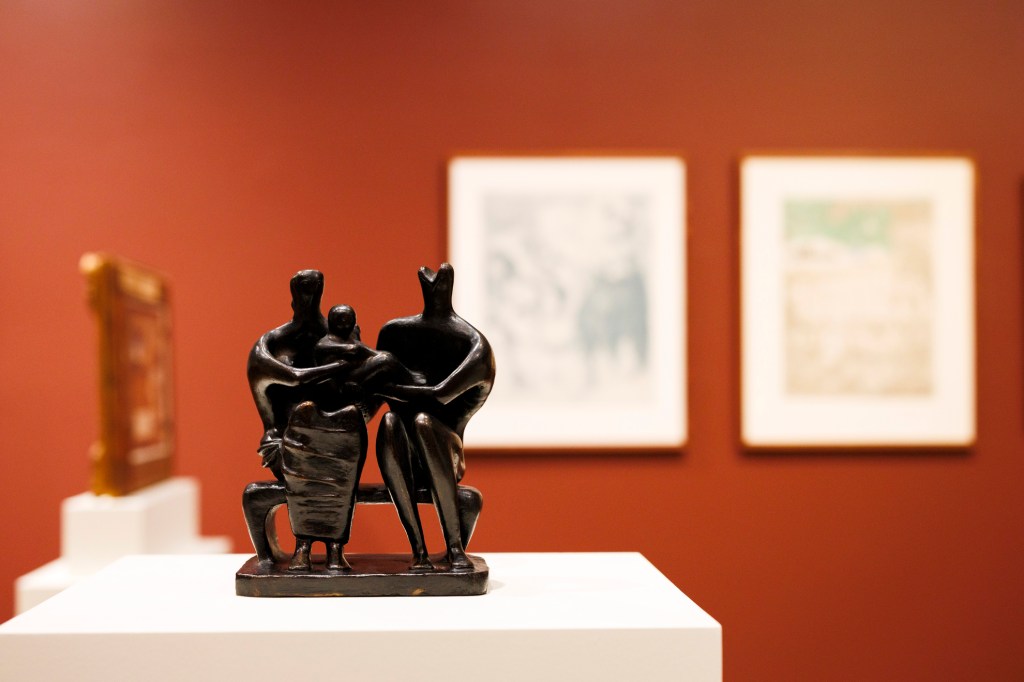
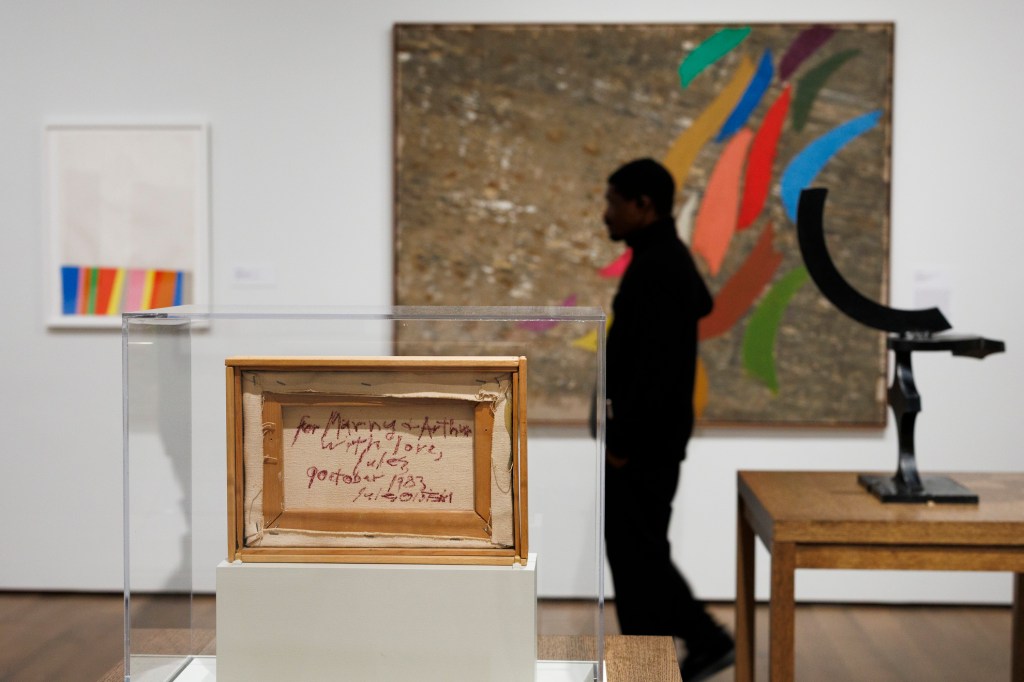
Harvard helped his collection grow when he audited courses in the fine arts department. One of those was the famous “Museum Work and Museum Problems” seminar that met at both the Harvard Art Museums and in Professor Paul Sachs’ home. According to Kliger, Sachs arranged student visits to the homes of distinguished collectors in New York and Philadelphia.
“I think that was probably the most important part of my becoming a collector — seeing these great collections,” Arthur was recorded saying in a series of interviews by the Oral History Committee of Harvard Medical School.
His art collection grew throughout the ’30s, when he went to Cambridge, England, for postdoctoral work and was introduced to German art dealer Justin Thannhauser. Through Thannhauser, Arthur collected works by Van Gogh, Degas, and Cezanne.
In the 1950s and ’60s he made most of his acquisitions through the New York and London-based dealer Julius Weitzner. Arthur then took a brief hiatus from collecting after the death of his first wife, Jean, in 1963.
That was until he met Marny — a collector in her own right.
The earliest documentation of Marny collecting was in July 1962, 10 years before her marriage to Arthur. According to Kliger, it’s documented that Marny brought two works to the Department of Conservation at Harvard’s Fogg Museum: a drawing of an unspecified subject by 17th-century Italian painter Pietro Francesco Mola and a print by 17th-century Italian printmaker Stefano della Bella.
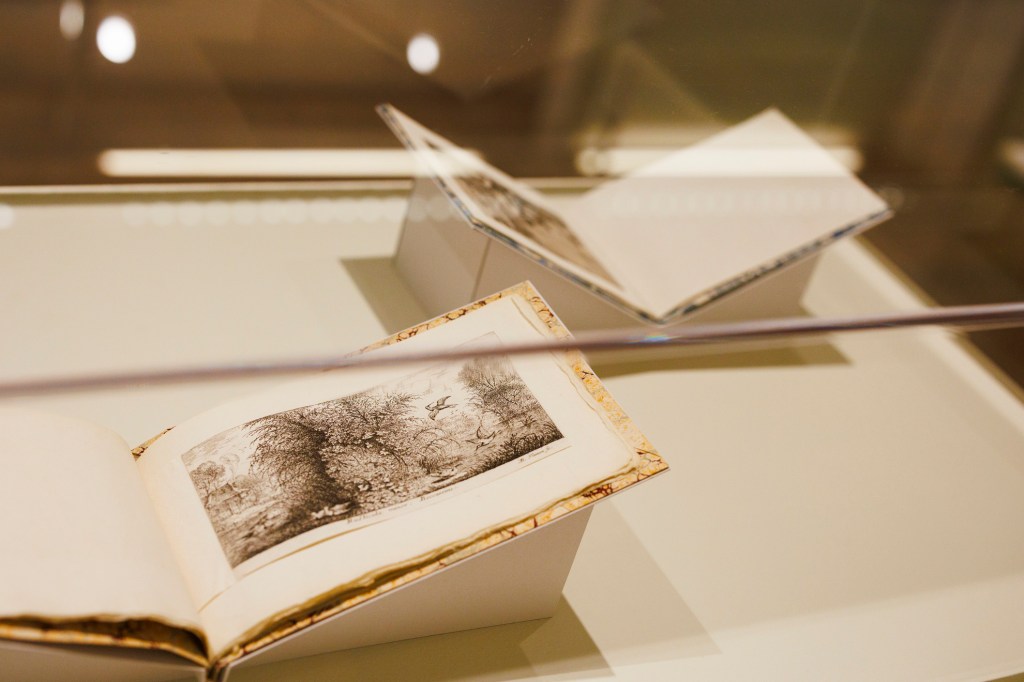
Marny was close friends with Marjorie “Jerry” Cohn — curator emerita and former acting director of the Harvard Art Museums. They met in the early 1960s, when Cohn was a conservation assistant at the Fogg. Marny would send works directly from dealers to Cohn at the museum, where she would mat and frame them. Cohn also served as a confidant on Marny’s subsequent acquisitions.
Marny mostly collected prints. When she met Arthur, however, the two began collecting a new form of art.
“When they met in the late 1960s both were already serious collectors. Arthur focused on 19th- and early 20th-century European art, while Marny was a dedicated print collector,” Kliger said. “After they married in December 1972, the Solomons experienced what they would come to describe as a ‘contemporary awakening.’”
One of their first joint purchases was in 1974, when they bought a 10-ton, 10-foot-long steel sculpture by Michael Steiner called “Betonica.”
“The Solomons installed their new acquisition in their spacious yard at 27 Craigie St., where the sculpture weathered years of New England winters and became part of the Solomons’ lives.” Kliger said
Their other purchases were displayed in their 19th-century Italianate revival home. In the early 1980s, the Solomons began running out of showing space and converted the historic carriage house on the property into a two-story art gallery.
Kliger calls the collection “three collections in one.” Between the two individual collections, and the Solomons’ joint purchases, more than 260 of their prints, paintings, and sculptures were donated to the Harvard Art Museums.
Artworks from the Solomons’ collection are on display through Aug. 17. The Harvard Art Museums are free to all, and open Tuesday through Sunday, 10 a.m. to 5 p.m.
